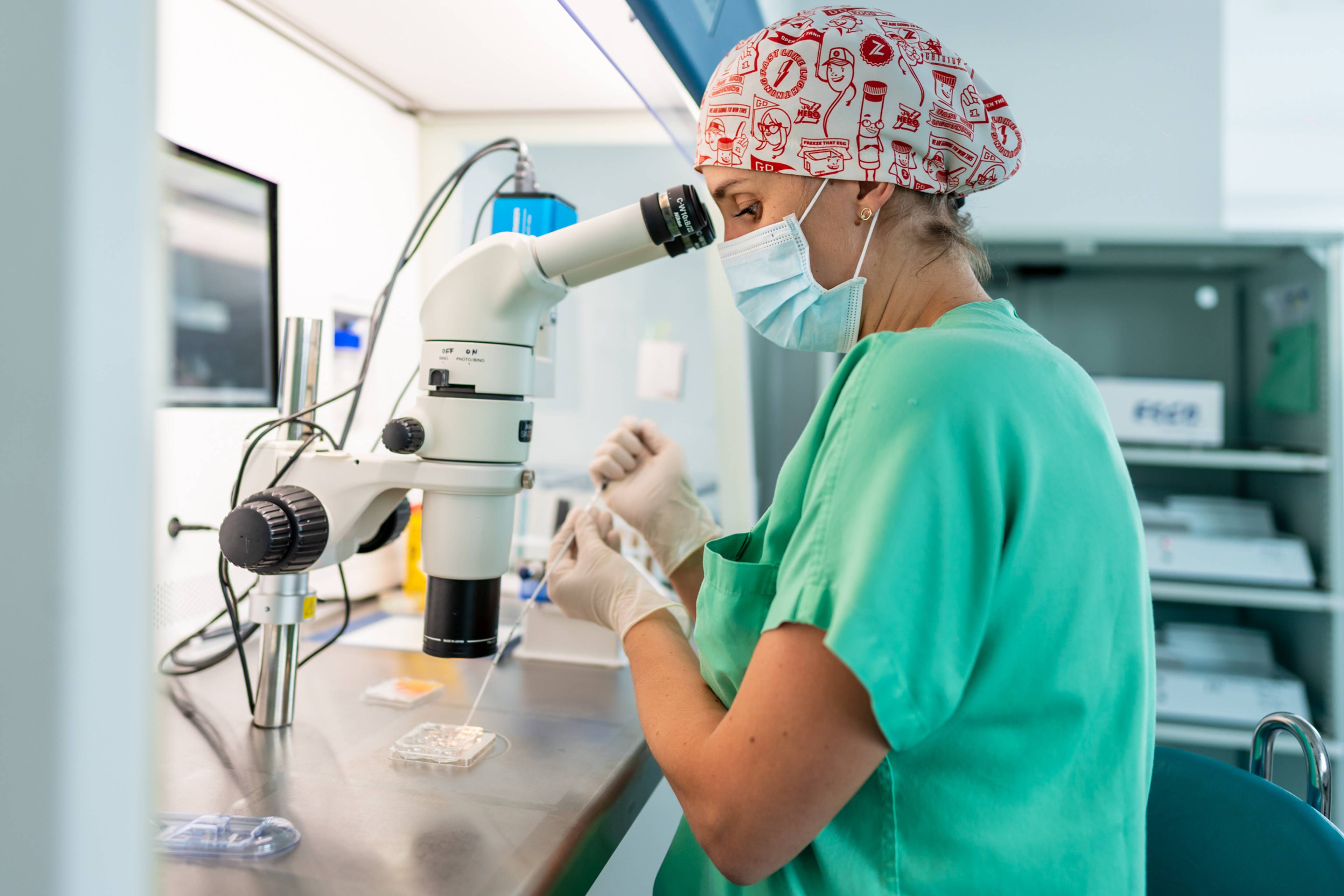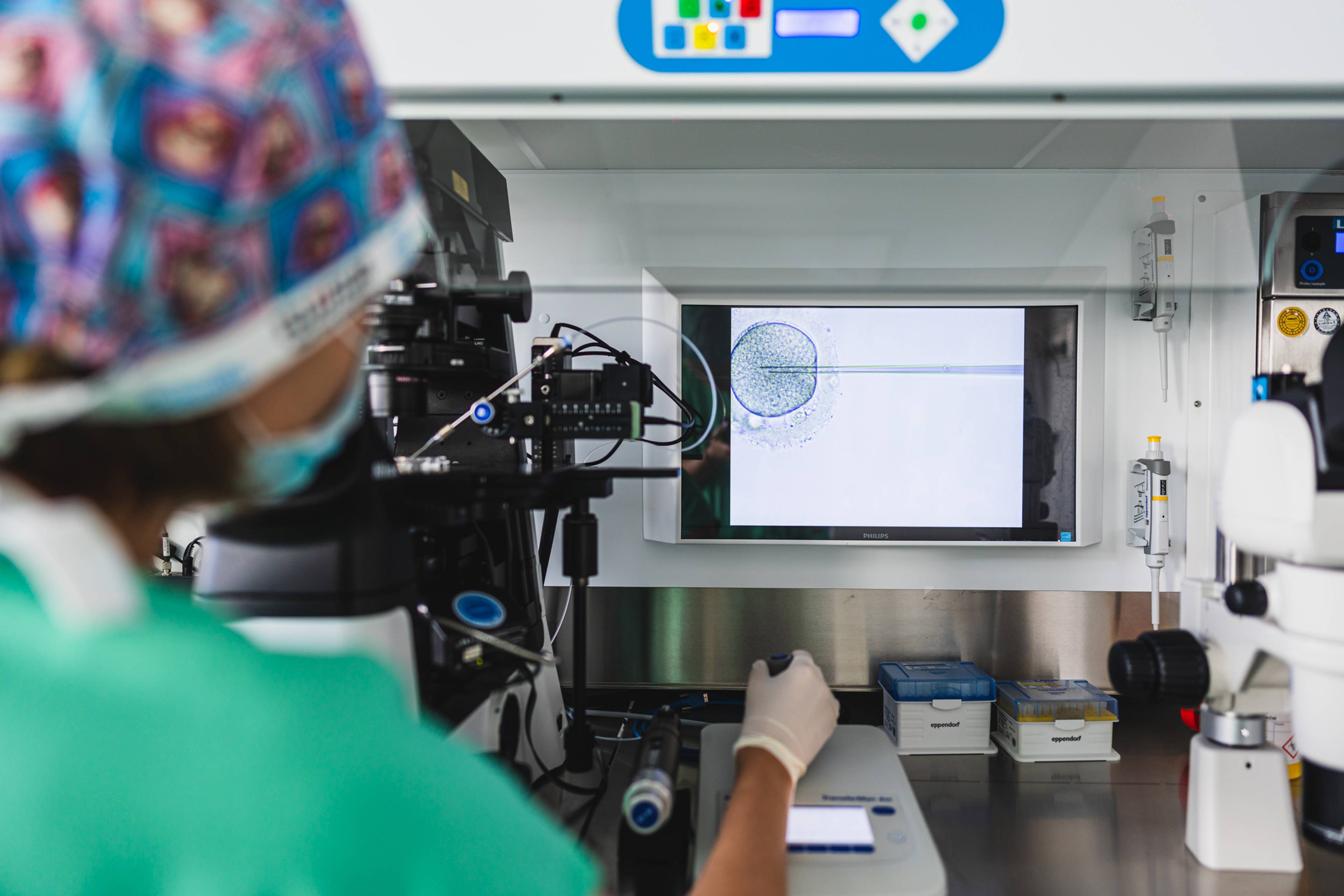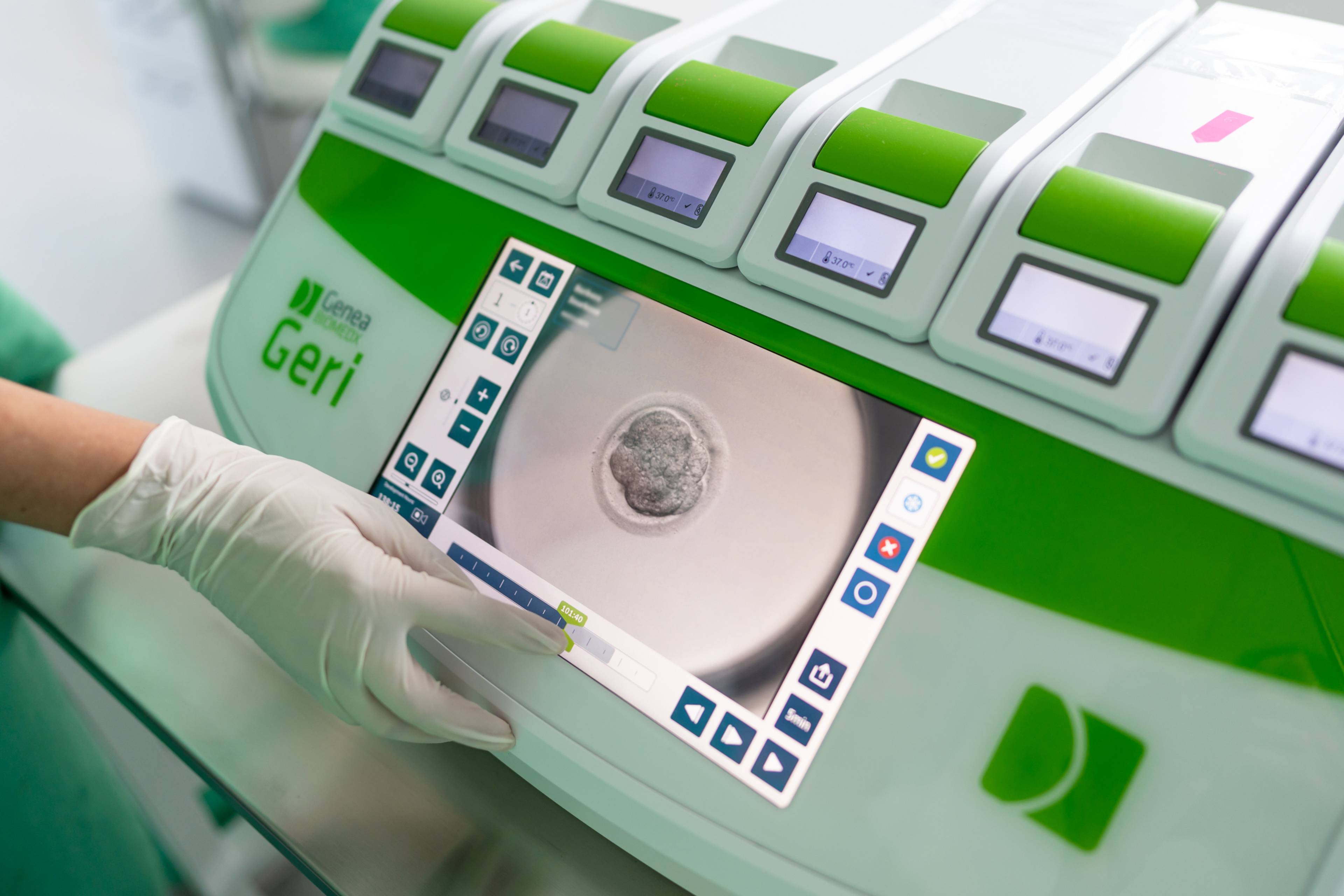When and why to choose cryopreservation
Cryoconservation, also known as cryopreservation, is a method used to freeze germ cells or embryos using liquid nitrogen, so they can be stored for future use. Cryoconservation uses cryoprotective agents to help protect the cells during the freezing process. It's a safe way to preserve biological material.
- Sperm cryoconservation, also known as sperm banking, is a proven and safe method in assisted reproduction. It's been successfully utilised for many years. The quality of frozen sperm is just as good as fresh sperm. Whether it's the client's own sperm, donor sperm, or sperm collected through microsurgery, it can all be preserved using this method.
- Embryo cryoconservation is an important part of assisted reproduction. It's mainly used to store extra embryos from a cycle that weren't used for transfer. We freeze embryos that are well-developed. Additionally, we freeze embryos for patients who are at risk of hyperstimulation syndrome, those with insufficient uterine lining growth, or those with reproductive organ issues that affect embryo implantation. We also freeze embryos for patients with acute illnesses preventing pregnancy.
- Oocyte cryoconservation, also known as egg banking, is suggested for patients before cancer treatment. It's also used for Social Freezing, where a woman's eggs are frozen for future use when she's ready for pregnancy.
Take a look
How it looks like at
Assisted Reproduction






